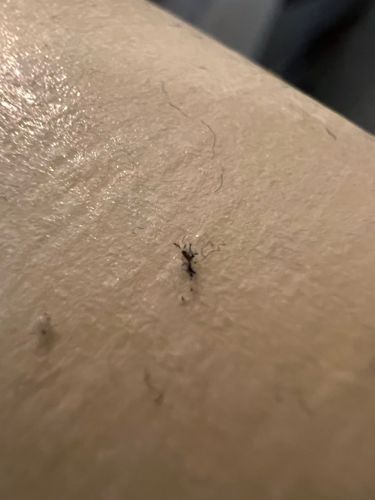Ant
Scientific Name: Formicidae
Order & Family: Hymenoptera (Order), Formicidae (Family)
Size: Generally 2 to 25 mm, depending on the species.

Natural Habitat
Ants are found in almost all terrestrial habitats across the globe. They construct nests in soil, under rocks, in wood (both living and dead), and sometimes within human structures.
Diet & Feeding
Highly varied, including nectar, seeds, fungi, insects (living or dead), and honeydew produced by aphids. Many species are opportunistic scavengers.
Behavior Patterns
Ants are social insects that live in structured colonies. They exhibit complex behaviors such as caste division (queens, workers, males), cooperative foraging, advanced communication through pheromones, and building intricate nests. They can be highly territorial.
Risks & Benefits
Risks: Some species (e.g., fire ants) deliver painful stings that can cause allergic reactions. Certain ants can be nuisance pests in homes, contaminating food or damaging property. Benefits: Ants play crucial ecological roles as decomposers, seed dispersers, and predators of other insects, contributing to soil aeration and nutrient cycling.
Identified on: 10/12/2025